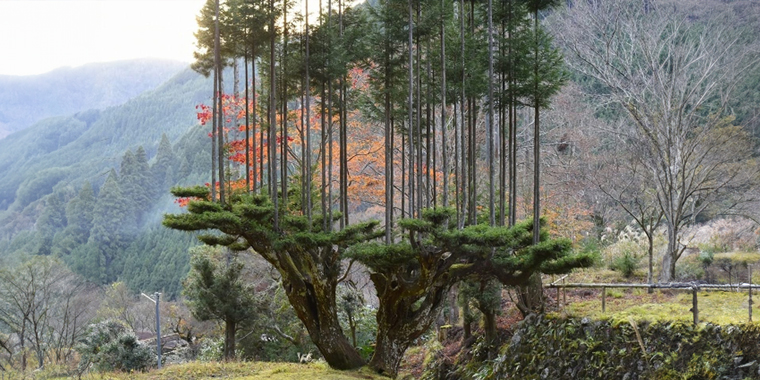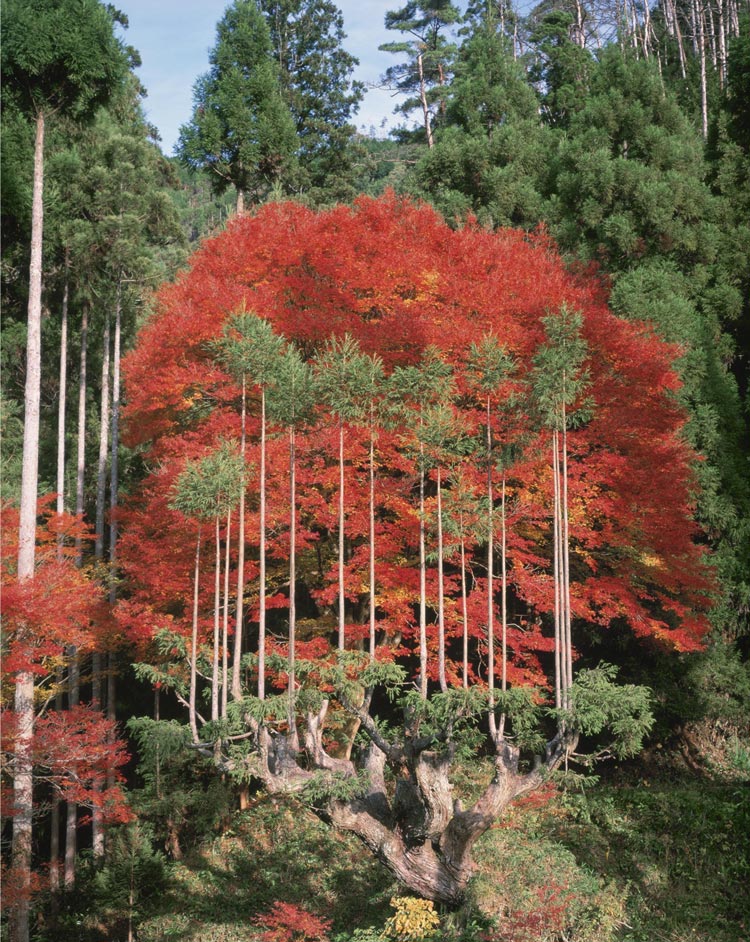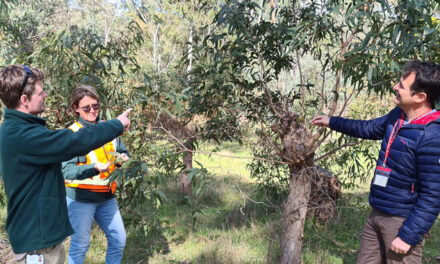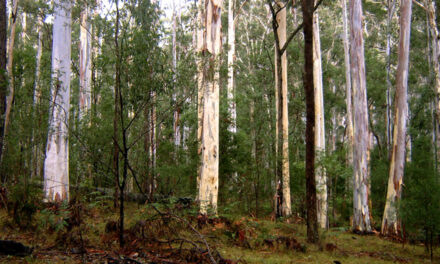DAISUGI – THE ART OF HARVESTING A FOREST WITHOUT
CUTTING DOWN A SINGLE TREE
Cedar trees with their shoots stretching high above its platform, displays the art of Daisugi.
The Japanese are incredibly inventive. In the 14th century there was a shortage of timber materials in the Kyoto region. In an area that is mountainous and difficult to plant and maintain forests the art of Daisugi was born.
The Japanese would plant cedar trees in the Kitayama prefecture, approximately 20km from Kyoto. These cedar trees would then be pruned in a very specific way in order to encourage shoots to develop and grow upwards. The shoots were carefully maintained and pruned every two years with the exception of the top few boughs so that they would grow perfectly straight and knot free. The technique is similar to the one used for bonsai trees, however, on a much larger scale.
After 20 years the shoots could be harvested while the base of the tree was left behind with the roots and trunk still intact. The shoots are very high-quality wood. The technique provides an acceleration to the growth cycle and produces timber that is strong, has double the density and 140% more flexible than conventionally cut timber.
Each base tree can have up to hundreds of trees grow off it across its lifespan. A single tree can last 200 to 300 years before its high productivity wears off. The name Daisugi means platform cedar; the Japanese used the red cedar, otherwise known as the Kitayama cedar. This particular cedar can only be grown from a cutting and struggles to grow outside its natural habitat.
The practice of Daisugi was in decline by the 16th century but may be worth researching deeper to see if it could apply to other kinds of trees.
Today if you go to Japan and wander through forests around Kyoto, you can see Daisugi trees still growing that are centuries old.










